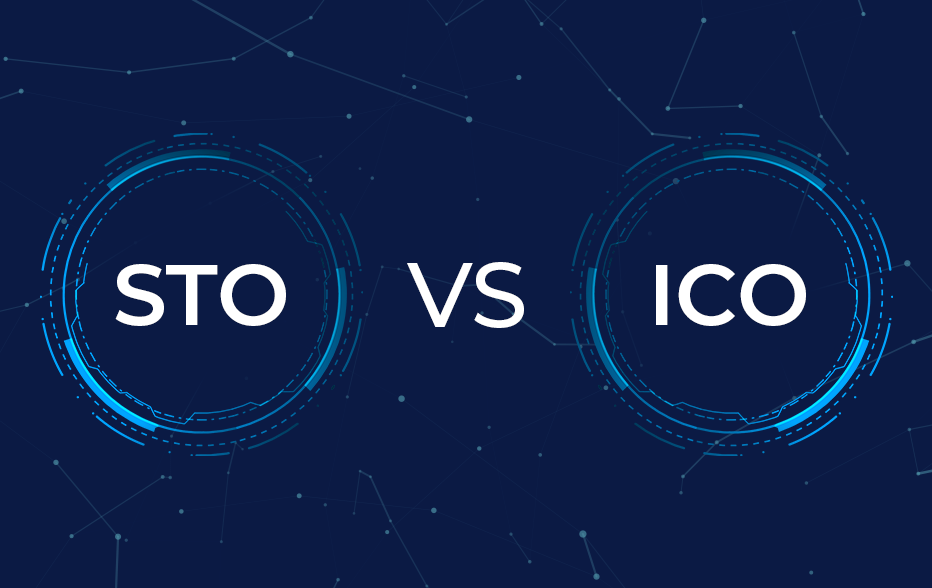Bitcoin Ordinals: A New Revolution in the NFT Space
Meta: Learn how Bitcoin Ordinals are changing the NFT space using Sats and the Taproot upgrade. Discover how they work and why they matter.

In the last decade, blockchain technology has facilitated innovations such as NFTs. Non-fungible tokens, or NFTs for short, are the rave of the moment. In fact, the revenue in the NFT market is projected to reach US$2,378.0m in 2024.
NFTs are digital assets that can represent unique content. This includes art, music, collectibles, and games. Recently, NFTs have boomed in popularity, with some digital artworks selling for millions of dollars.
NFTs are created and utilized on blockchain networks that support smart contracts. NFTs first exploded on Ethereum due to the platform’s flexibility, innovation, and popularity. It began in 2017 with a project called CryptoPunk.
The smart contracts support made Ethereum a large platform for developers, artists, and collectors to create massive NFT projects and collections such as the popular CryptoPunks, CryptoKitties, and Axie Infinity.
Recently, NFTs experienced a boom on the Bitcoin platform due to recent upgrades such as the Taproot upgrade. This upgrade enabled data encryption and signature aggregation, making Bitcoin ordinals more private and efficient.
What are Bitcoin Ordinals?
The idea was developed in 2022 and launched in 2023 as an NFT variation. Simply put, they are the basic units of Bitcoin, also known as Satoshis or Sats. Sats are the smallest Bitcoin unit and each one is mined and integrated with a unique serial number. This serial number is known as the ordinal. This means each Sat is different from the other and can be tracked and transferred.
In 2022, Casey Rodarmor inscribed the first ordinal. Later in 2023, the functionalities of sats were expanded to include the inscription of additional content such as text, visual images, or code. This innovation made it possible for Sats to be used similarly as an NFT.
In the past, the only way to generate NFTs on the Bitcoin blockchain was by using third-party protocols or platforms relying on sidechains. However, with this inscription process, Bitcoin Ordinals can benefit from Bitcoin’s blockchain security and decentralization, while remaining on the Bitcoin blockchain.
How They Work
Bitcoin Ordinals are inscribed sats, which are the smallest Bitcoin unit Sats are equivalent to 0.00000001 BTC. Initially, each Sat only had 80 bytes to space for data inscription using the OP_RETURN function. The OP_RETURN is an opcode that marks the output and allows it to carry some data.
To overcome size challenges, there were two major additions, SegWit and Taproot. SegWit made it possible to increase the size limit to 4mb, while Taproot enabled the combination of multiple Bitcoin transactions, thereby increasing transaction speed.
The content or data on individual sats remain permanently on the Bitcoin blockchain after the transaction is mined. While the ordinals establish a serial number to track each sat, the inscriptions are used to store various data types. One of the most popular uses of Bitcoin ordinals is the creation of digital collectibles.

Bitcoin Ordinals Projected Revenue | Source: Statista
Bitcoin Ordinals vs NFTs
While Bitcoin ordinals function similarly to traditional NFTs, there are some fundamental differences. Below are the major differences between Bitcoin ordinals and NFTs.
- Inscription: Bitcoin ordinals are created using inscriptions, i.e. existing Sats are modified to include various content types. For traditional NFTs, the tokens are created completely new on various blockchain networks. Thus, they need data from outside sources for proper function.
Also, the file data in NFTs can be hosted anywhere. Bitcoin ordinals however store the raw data directly on the Bitcoin blockchain.
- Size: Bitcoin ordinals are limited to 4mb per inscription, while Ethereum NFTs for example have a maximum storage size of 100mb.
- Format: NFTs are stored using standard formats or protocols such as ERC-721 or ERC-1155. Metadata is then created to store information about each NFT whenever they are created. On the other hand, Bitcoin ordinals can have customized formats or protocols. The need for metadata is removed as the data is included in the blockchain.
- Security: Bitcoin ordinal transactions are immutable due to the security and simplicity of the Bitcoin blockchain. Once each transaction has been confirmed, it has a permanent record on the blockchain. NFTs however rely on third-party platforms and protocols to function properly, which can compromise the security of NFT assets.
- Smart contract functionality: Unlike Ethereum, Bitcoin does not have smart contract functionality. This means the lack of decentralized exchanges and efficient UI can make it difficult to trade Bitcoin ordinals.
However, you can trade Bitcoin ordinals over the counter. Ethereum NFTs on the other hand are stored on centralized third-party servers and employ smart contracts.
How To Buy Bitcoin Ordinals
To buy Bitcoin ordinals, you need to have a wallet that supports the ordinals protocol. Ordinals Wallet is a noncustodial Bitcoin wallet that allows you to store, buy, sell, and trade Bitcoin Ordinals. An Ordinals Wallet supports Bitcoin Ordinals while capable of handling normal Bitcoin transactions.
Also, you need a marketplace where ordinals are available. The most popular Ordinals marketplace is Ordinals Market. Other marketplaces include Magic Eden, Ordswap (Supports Metamask wallet), and Gamma.
You can purchase a Bitcoin Ordinal in three (3) easy steps:
- Visit your preferred Bitcoin Ordinals marketplace in a web browser or via an app.
- Connect your Bitcoin Ordinals wallet or a compatible wallet such as Metamask. Make sure there is some bitcoin in the wallet to be used for trading.
- Search the marketplace’s various Ordinals collections. Once you find a Bitcoin Ordinal worth purchasing, you can initiate a transaction and finalize the purchase using the connected Bitcoin wallet.
Popular Bitcoin Ordinal Collections
Here are the popular ordinal collections you should know about.
- Bitcoin Frogs: A limited 10,000 set of frog-themed digital artworks. Minted in February 2023, it became one of the most famous collections across blockchains. It had over $15.5 in total sales volume.
- Ordinal Punks: An homage to the iconic CryptoPunks NFT collection on Ethereum, Ordinal Punks had 100 Bitcoin ordinals, with different attributes and backgrounds. The creator remains anonymous. To manage the bids and asking prices, the creator used a Google sheet.
- Bitcoin Shrooms: This is one of the first Bitcoin ordinal collections, created by an unknown artist. It features psychedelic mushroom designs with different colors and patterns.
- Taproot Wizards: web3 creator, Udi Wertheimer developed this ordinal collection consisting of 2,106 unique digital art. The project was created to show the innovative potential of Bitcoin.
- Bitcoin Puppets: This collection includes 10,001 pixel art characters. Inscribed on sats through the Taproot upgrade, they were inspired by handcrafted puppets. It was created by an anonymous artist.
- Rsic Metaprotocol: This Bitcoin ordinal collection includes 21,000 Rune Specific Inscription Circuits. The Rsic Metaprotocol was created by a group of designers with an interest in mystical runes.
- Quantum Cat: A reference to the famous Schrodinger’s Cat. It includes 3,333 cat images created using ordinal inscriptions.

Bitcoin Frogs | A popular Bitcoin Ordinal Collection
Final Thoughts
Bitcoin ordinals are no doubt an exciting innovation as they rely on the Bitcoin blockchain’s security and immutability. While they offer certain advantages such as better security and lower fees, the technology is still in its early stages of development. However, this technology opens up the possibility for more innovation using the Bitcoin network.
Bitcoin Ordinals: FAQ
What are Bitcoin Ordinals?
Bitcoin Ordinals are digital assets inscribed on a satoshi, the lowest denomination of a Bitcoin, using the Taproot upgrade. They are essentially NFTs on the Bitcoin blockchain.
How do I create a Bitcoin Ordinal?
You can create a Bitcoin Ordinal using a software tool that lets you inscribe data on a satoshi. You can choose any data you want, such as text, image, audio, or video, as long as it fits within the maximum limit.
How are Bitcoin ordinals different from NFTs?
Bitcoin ordinals are stored on-chain. Also, they offer more security but do not offer smart contract functionality. NFTs are minted while ordinals are created using inscriptions.
What are Bitcoin ordinals used for?
They can be used to create and store digital art and other media forms. They are also used to store and transfer documents and messages.
The INX Digital Company INC March 4, 2024
The INX Digital Company inc. is an expert in the field of finance, crypto and digital securities.





